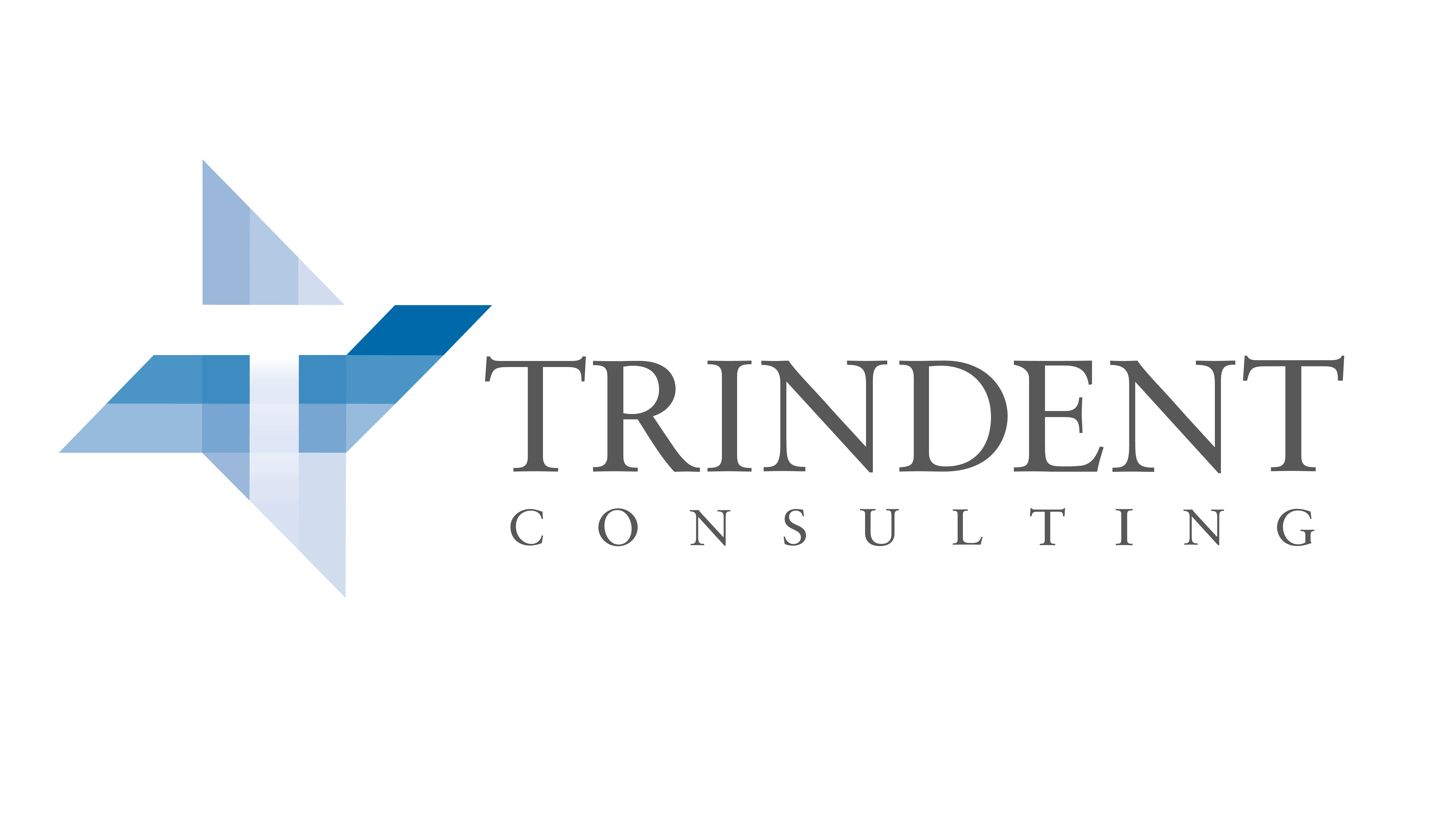The healthcare industry is facing a growing number of challenges. The cost curve for healthcare providers, pricing pressures, and a complex route to the ultimate point of care, have posed profound challenges for health-system leaders in an environment of increasing economic uncertainty.
This is where we can help.
Trindent collaborates with leading healthcare institutions to optimize medical device supply chains and hospital operations without requiring any capital investments or software changes of any kind.
With extensive expertise in the healthcare value chain, we effectively address complex challenges and assist our clients in preparing their organizations for future growth.
At Trindent, we Make it Happen for our clients.
Case Studies
Medical Technology A/R Solutions
One of the world’s largest medical technology corporations was facing large rebate disputes, costly damages and…
Operations and Supply Chain Optimization
A medical device company focused on the design, marketing and manufacturing of surgical products for spine disorders…
Medical Technology A/R Solutions
One of the world’s largest medical technology corporations was facing large rebate disputes, costly damages and…
Operations and Supply Chain Optimization
A medical device company focused on the design, marketing and manufacturing of surgical products for spine disorders…
Medical Technology A/R Solutions
One of the world’s largest medical technology corporations was facing large rebate disputes, costly damages and…
Operations and Supply Chain Optimization
A medical device company focused on the design, marketing and manufacturing of surgical products for spine disorders…
Medical Technology A/R Solutions
One of the world’s largest medical technology corporations was facing large rebate disputes, costly damages and…
Operations and Supply Chain Optimization
A medical device company focused on the design, marketing and manufacturing of surgical products for spine disorders…
What We're Great At
MEDICAL DEVICES
Transforming the sales and operations planning processes to recover working capital so our clients can better serve their customers.
Today’s global medical devices industry is changing fast. Healthcare providers need to improve patient outcomes while lowering costs.
Group purchasing organizations are controlling an increasing number of buying decisions, resulting in greater cost-reduction pressures and limiting the number of approved devices for each procedure. Most medical device companies must compete on price while reducing supply chain costs and improve manufacturing performance to remain competitive.
Our leading healthcare experts have experience across the entire supply chain to get you real, quantifiable results.
Our consultants can help you optimize the effectiveness of your sales teams, help you better manage your inventory levels, and streamline your supply chain processes.

How we Make it Happen™
Sales Force Effectiveness and Forecasting Improvements
- Develop statistically-driven baselines to reduce the level of subjectivity in the forecasting process.
- Implement Forecast Accuracy and Budget Dashboards to improve KPI visibility and accountability as well as drive alignment across global objectives.
- Improve visibility into the effectiveness of the sales force to increase time spent building relationships.
How we Make it Happen™
Inventory Management
- Reduce Minimum Order Quantities (MOQ) and identify consignment opportunities to increase purchasing flexibility.
- Implement global inventory oversight and review processes to increase management of finished goods and expiry exposure.
- Increase visibility into upcoming expiries to allow proactive scrap mitigation.
How we Make it Happen™
SIOP Enhancement
- Install global Sales, Inventory, and Operations Planning (SIOP) and management systems that including demand planning and supply review procedures, enhanced forecasts, and production requirements.
- Implement regular reviews with key functions and decision-makers to review performance, enhance cross-functional alignment, manage risk, and drive continuous improvement.
- Deploy comprehensive processes and tools to effectively manage products with unpredictable demand due to variable lifecycles, seasonal products, or tender sales.
How we Make it Happen™
Working Capital Recovery
- Recovery of funds allocated to scrap and obsolescence through improved inventory management.
- Decreased overstock levels, improved utilization and visibility of consignment inventory through integrated planning and management processes and systems.
- Apply lean manufacturing principles to improve resource allocation and decrease labor cost per unit.
How we Make it Happen™
Supply Chain Optimization
- Redesign global SIOP organizational structures to better support new and improved processes.
- Increase forecast accuracy to enable more efficient resource planning and lower labor costs.
- Improve the effectiveness of quality control functions and increase throughput.
HOSPITAL OPERATIONS
Optimizing asset utilization, decreasing wait times, and increasing billing efficiency without capital investment.
Improving patient safety and quality of care are natural top priorities for hospitals, but executives are tackling these goals in a climate of complex payment reform, dwindling reimbursement, and personnel shortages.
Our leading team of consultants recognize the commitment to maintaining high care standards, which is why we deliver innovative solutions for the most complex healthcare challenges so our clients can focus on what really matters: the patients.
We have partnered with leading hospital clients to provide the right solutions for optimizing the effectiveness of facilities by improving care coordination across multiple sites and specialties as well as ensuring timely access and visibility to medical records and treatment history.

How we Make it Happen™
Asset Optimization
- Optimization of Operating Room (OR) Turnarounds to decrease Turnaround Time (TAT) without sacrificing safety or quality.
- Dynamic scheduling to reflect actual Turnaround Times and surgeon performance.
- Compress case schedules to block times to facilitate procedure add-ons.
How we Make it Happen™
Support Staff Productivity
- Implement workflow to support case start confirmations and address surgeon dissatisfiers.
- Implement daily management reviews to focus on continuous TAT performance.
- Revise charge nurse roles/responsibilities to focus on daily resource planning, patient flow coordination, and metric performance.
How we Make it Happen™
No Shows and Cancellations
- Optimize intake coordinator scheduling and scripting to increase effectiveness of outbound calls.
- Revise patient communication to include clear outlines of attendance expectations.
- Install comprehensive cancellation and no-show reporting to facilitate Root Cause Analysis (RCA) and continuous improvement of the patient experience.
How we Make it Happen™
Billing Efficiency and AR Recovery
- Improve quality of information capture to reduce rework on billing and insurance claims, decreasing time to payment.
- Install feedback loops and management reporting on insurance denials and payment cancellations to enable proactive intervention and recovery.
- Implement performance management dashboards and coaching across billing functions to decrease labor costs and improve output.



